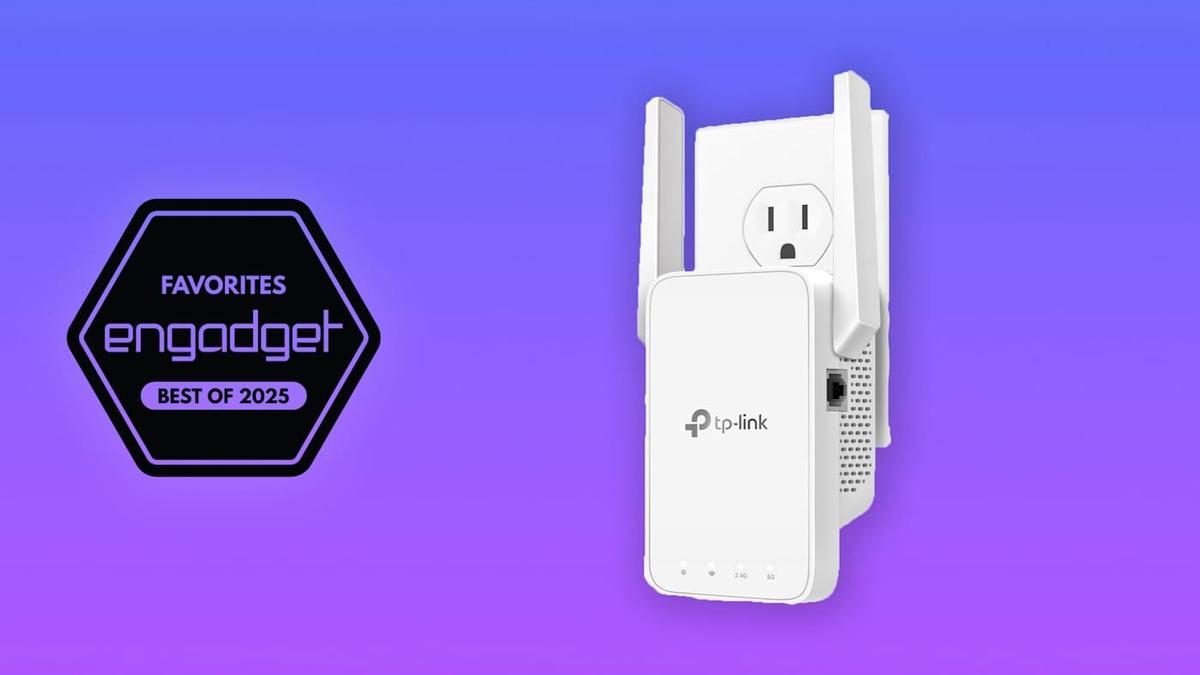Google & Nuclear Energy: Powering the Future with Next-Gen Reactors
Google & Nuclear Energy: Powering the Future with Next-Gen Reactors
Google is taking a bold step towards a greener future! The tech giant is partnering with the Tennessee Valley Authority (TVA) to purchase electricity from a next-generation nuclear reactor. This move signals a significant investment in advanced nuclear technology and could revolutionize how we power our world.

A New Era for Nuclear Power?
This agreement marks the first power purchase agreement of its kind in the US, with a public utility investing in such advanced nuclear technology. It’s a big deal because it shows confidence in the potential of next-generation reactors to provide clean, reliable energy.
The plan is for TVA to buy power from a reactor being developed by Kairos Power in Oak Ridge, Tennessee. Once operational, expected around 2030, this reactor will supply electricity to the local grid, which powers Google’s data centers in Tennessee and Alabama. Think about it – your Google searches could soon be powered by advanced nuclear energy!
Why is this important?
- Clean Energy: Nuclear energy is a carbon-free source of power, crucial for combating climate change.
- Reliability: Unlike solar and wind, nuclear power plants can operate 24/7, providing a stable energy supply.
- Innovation: This partnership encourages the development and deployment of cutting-edge nuclear technologies.
Kairos Power: Pioneering Next-Gen Reactor Technology
Kairos Power is at the forefront of this nuclear renaissance. They’re building reactors that proponents believe can meet the rising electricity demands of Big Tech and AI, paving the way for a resurgence of nuclear energy.
Google’s announcement follows news of their intent to purchase electricity from multiple small modular reactors designed by Kairos Power. The Hermes 2 demonstration plant is the first reactor being developed under this agreement, expanding upon the initial Hermes demonstration reactor.
Molten Salt Reactors: A Game Changer
Unlike traditional reactors that use water as a coolant, Kairos’ technology uses molten fluoride salt. This has several advantages:
- Higher Boiling Point: Molten salt has a much higher boiling point than water, allowing the reactor to operate at lower pressure.
- Cost Reduction: Lower pressure means less need for massive, expensive containment structures.
- Increased Safety: Molten salt reactors are designed with inherent safety features that reduce the risk of accidents.
Google’s Nuclear Ambitions: A Step Towards Sustainability
Google aims to help Kairos deploy 500 megawatts of new nuclear capacity in the US by 2035. To put that in perspective, all 94 operating nuclear reactors in the U.S. had a combined capacity of 97,000 MW in 2024. Hermes 2 is projected to reach a capacity of 50 MW.
This initiative aligns with Google’s broader sustainability goals. By purchasing clean energy attributes from the Hermes 2 plant through TVA, Google can offset the carbon emissions associated with its electricity consumption.
Actionable Takeaway: Consider supporting companies that invest in clean energy initiatives. Your choices as a consumer can influence corporate behavior and accelerate the transition to a sustainable future.
The Future of Nuclear Energy
This partnership between Google, TVA, and Kairos Power could be a turning point for the nuclear industry. By demonstrating the viability of advanced reactor technologies, they can pave the way for broader adoption and help address the growing demand for clean, reliable energy. As Dr. Jane Miller, a simulated energy expert, notes, “This is not just about Google’s energy needs; it’s about proving that advanced nuclear can be a key part of our energy future.”
FAQ
Q: What are the benefits of next-generation nuclear reactors? A: Next-generation reactors offer improved safety, efficiency, and cost-effectiveness compared to traditional reactors.
Q: What is a molten salt reactor? A: A molten salt reactor uses molten salt as a coolant instead of water. This allows for higher operating temperatures and lower pressure, improving safety and efficiency.
Q: How does Google benefit from this partnership? A: Google gains access to a reliable source of clean energy for its data centers and contributes to its sustainability goals.
Q: When will the Kairos Power reactor be operational? A: The Hermes 2 reactor is expected to be operational around 2030.
Q: What are clean energy attributes? A: Clean energy attributes are certificates representing the environmental benefits of avoiding fossil fuel emissions. Companies can purchase these certificates to offset their carbon footprint.
Key Takeaways
- Google is partnering with TVA and Kairos Power to purchase electricity from a next-generation nuclear reactor.
- This agreement is a significant step towards advancing nuclear energy technology in the US.
- Kairos Power’s molten salt reactor technology offers improved safety and efficiency compared to traditional reactors.
- Google’s investment aligns with its sustainability goals and helps promote clean energy solutions.
- This collaboration could pave the way for a broader adoption of advanced nuclear energy and contribute to a cleaner energy future.
This is definitely a space to watch! The fusion of big tech and nuclear innovation holds immense potential for a sustainable future.
Source: The Verge


